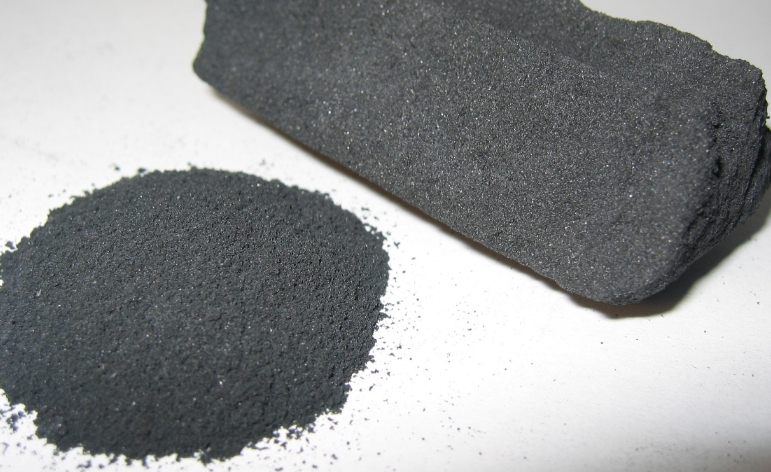
A high-density carbide additive can be used to increase the strength and durability of carbon fibre composite materials. This powder is non-toxic and odorless. It can be used for improving the properties of various materials, such as their flexural strength. Use of this additive is a way to enhance the strength and durability of composite materials, as well as reduce their weight.
Compared to aluminium or steel, the density of carbon fiber is significantly lower, making it a highly suitable material for reducing product weight. For instance, replacing aluminium with carbon fiber can reduce the weight of a component by up to 2 times, and removing steel from a product can save up to 5 times its original mass.

Carbon fibre is strong, lightweight and can be used to produce automotive components, aeronautical structures, and wind turbine blades. It's also a good material for products requiring a large stiffness-to-weight ratio. Carbon fiber is a material that can be used to produce automotive parts, wind turbine blades, aerospace structures and other products that require a high stiffness-to-weight ratio. Carbon fiber also has good thermal and electrical conductivity, and it can be applied in many applications, such as heat dissipation, electromagnetic interference shielding (EMI), and energy efficient technologies.
The addition of carbon fibres to composite materials can reduce their weight, as well as increase the strength and durability of these components. This effect can only be achieved when the polymer contains a sufficient amount of carbon. In order to construct high-performance materials, it's important to determine the right amount of carbon additive.
It is possible to create high density carbon by impregnating and calcining the coal tar. But this requires expensive machinery and a lengthy manufacturing process. For the manufacture of high-density blocks, alternative techniques have been devised. Cold isostatic forming without binder is one method. Another is to make mesocarbon bead (MCMB) using coal tar. MCMBs can be used to produce high density carbon due to their spherical shapes and low levels of oxygen.
MCMBs can also be converted into porous carbons. Pores in the materials are useful for storing gas molecules. By using Van der Waals, they act as sponges and attract gases. When exposed to heat, the gas is released. This technology could be useful for storing natural gas, hydrogen, or other fuels as an alternative to on-board pressure tanks in vehicles.
High-density carbon can be incorporated into GF/PE and GF/polymer hybrids by adding a compatible compound called Compoline CO/LL 05 from Auserpolimeri. This additive helps to improve the adhesion between PE and GF, increasing their tensile and flexural strength. In return, the composites are able to have much thinner walls. Weight and cost can be saved. In addition, the addition of this additive can decrease the overall degradation rate by lowering the temperature at which the composites are subjected to oxidative stress.

Write a Message